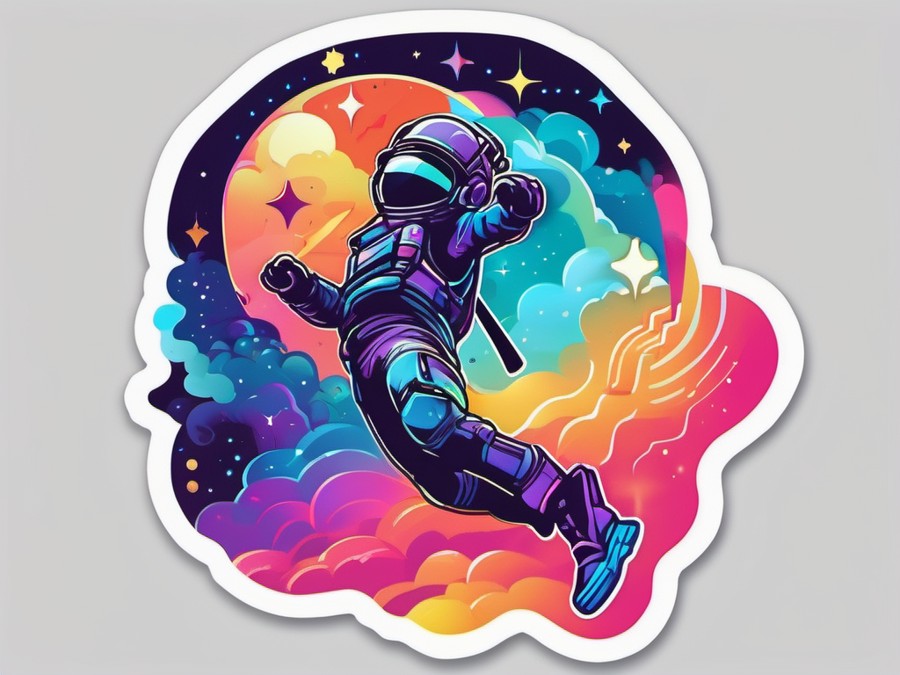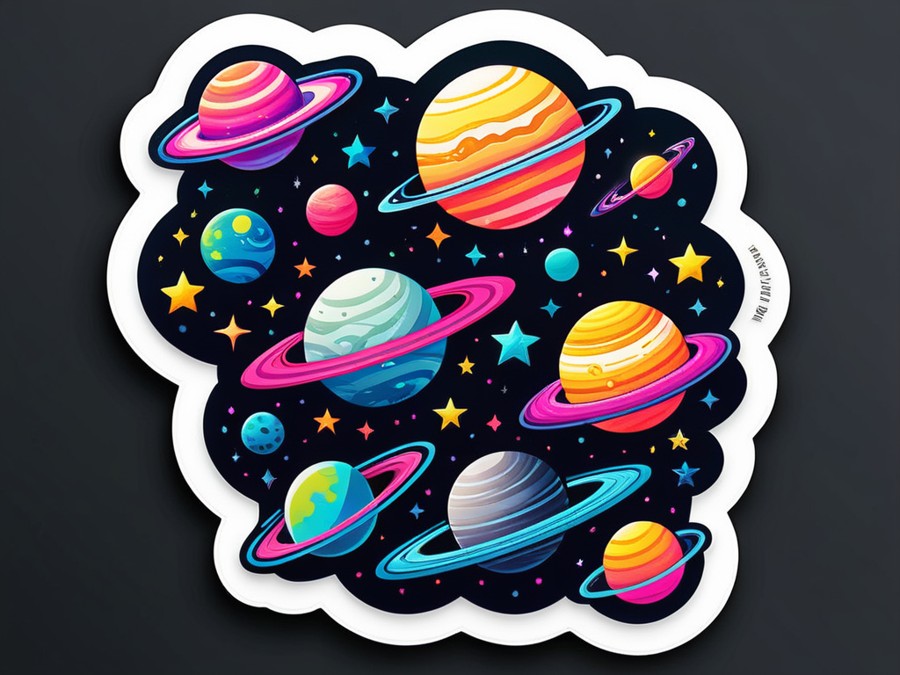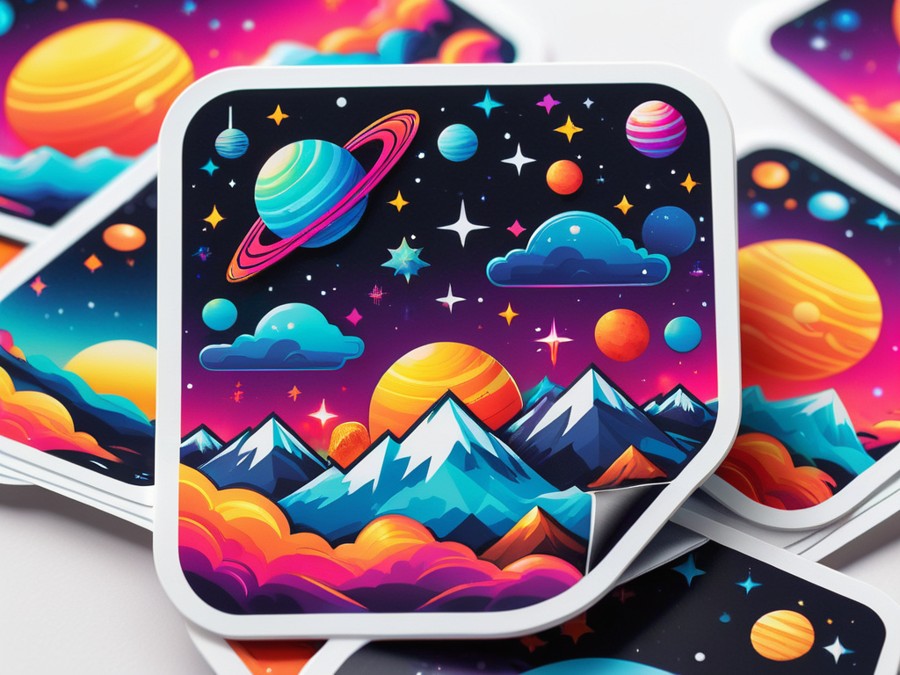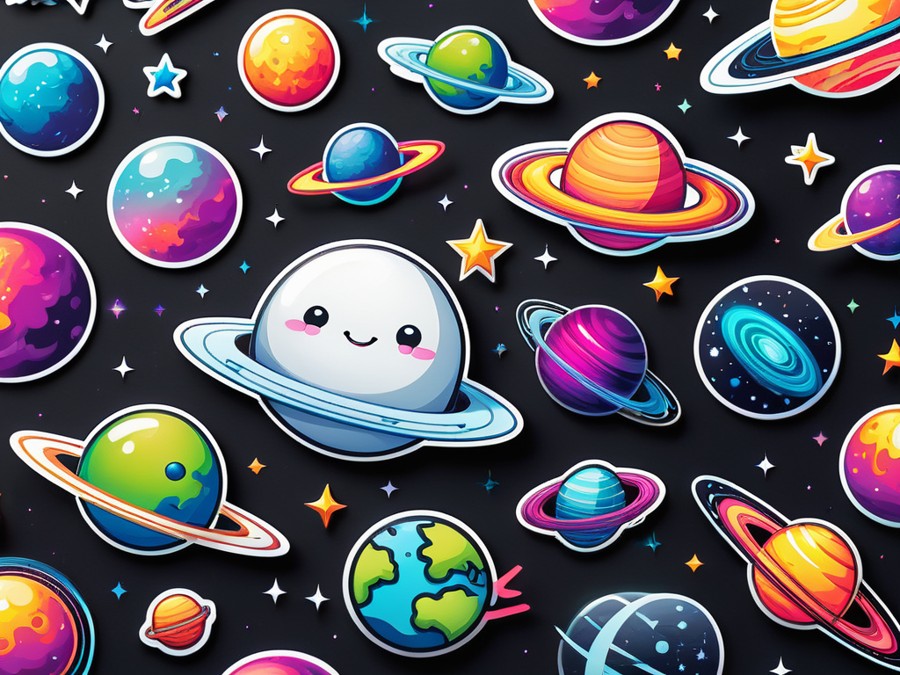· Charlotte Will · CD & Tape Players · 8 min read
What is the Difference Between CD Players and Cassette Decks?
Discover the key differences between CD players and cassette decks, including sound quality, playback functionality, durability, and modern improvements. Learn how to choose the right format for your music collection and preserve your vintage tapes and CDs.
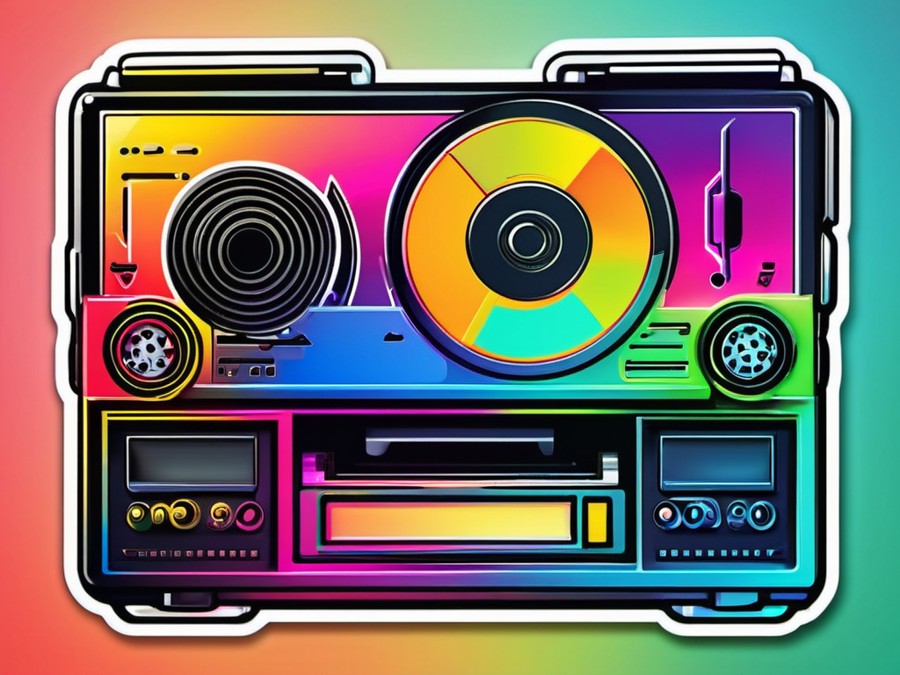
Welcome to the world of audio nostalgia, where each format has its own charm and loyal following. But what exactly sets CD players apart from cassette decks, and why might you choose one over the other? Let’s dive in and explore the differences, advantages, and quirks of these two beloved audio formats.
The Rise of the Cassette Deck
Analog Magic
There’s something magical about the warmth and richness of analog sound. Cassette decks offered a level of intimacy that digital formats often struggle to replicate. Listening to music on cassette can feel like stepping into a time machine, transporting you back to the days of mixtapes and brick-sized boomboxes. The slight hiss and imperfections are part of the charm, adding a human touch to the music.
How Cassette Decks Work
At their core, cassette decks use magnetic tape to record and play back audio. The tape passes over heads that read or write the signal, with motors ensuring smooth and consistent playback. Simple yet effective, cassette decks offer a range of features like dual-cassette recording, auto-reverse, and even noise reduction for better sound quality.
The Advent of CD Players
Digital Revolution
The introduction of the Compact Disc (CD) in the 1980s was a game-changer. Digital audio offered unprecedented clarity and precision, with less noise and distortion than cassettes. CDs became the go-to format for audiophiles and casual listeners alike, promising a consistent listening experience every time.
Common Features
Modern CD players come with a host of features designed to enhance your listening experience. Expect to find skip protection, which prevents the CD from skipping during playback, as well as CD-Text support for displaying track and album information. Some players even offer multi-disc capabilities, allowing you to queue up multiple CDs in a row.
Comparing Sound Quality
Analog vs Digital
The great debate: which sounds better—analog or digital? Analog proponents swear by the warmth and depth of cassette sound, while digital enthusiasts praise CDs for their clarity and precision. Ultimately, it comes down to personal preference.
Real-world examples can help illustrate the difference. Listen to a classic rock album on both formats, and you might find that the cassette brings out the grit and rawness of the recording, while the CD offers a more polished sound.
How Different Genres Fare
Different music genres can highlight the strengths and weaknesses of each format. Classical and jazz enthusiasts might prefer CDs for their ability to capture the subtleties and nuances of complex compositions. On the other hand, rock and punk fans might gravitate towards cassettes for their ability to preserve the energy and intensity of live performances.
Key Differences in Functionality
Playback and Recording
One of the standout features of cassette decks is their ability to record audio. Whether you’re creating a mix tape for a friend or capturing a favorite radio broadcast, cassette decks offer a level of creative flexibility that CD players simply can’t match.
Conversely, CD players excel in playback. With no moving parts to wear out or degrade over time, CDs offer consistent performance and long lifespans. However, they lack the recording capabilities of cassette decks.
Ease of Use
When it comes to user-friendliness, CD players typically have the edge. With simple controls and easy navigation, changing tracks or adjusting volume is a breeze. Cassette decks, on the other hand, can be a bit more finicky. With moving parts and delicate mechanisms, they require more care and attention to keep them in peak condition.
Durability and Longevity
CDs are known for their durability. When properly cared for, a CD can last for decades without significant degradation in sound quality. Cassette tapes, however, are more susceptible to wear and tear. Over time, the magnetic tape can stretch or become damaged, leading to poor playback quality.
Comparing Audio Quality and Formats
Sound Fidelity
To understand the difference in sound quality, it’s helpful to look at some technical specs. Frequency response indicates the range of frequencies a format can reproduce, while dynamic range measures the difference between the softest and loudest sounds. CDs typically offer a wider frequency response and dynamic range than cassettes, leading to more detailed and nuanced sound reproduction.
Format Limitations
Despite their advantages, both formats come with their own set of limitations. Cassette tapes can suffer from issues like wow and flutter, which cause variations in playback speed. They’re also more prone to noise and distortion over time. CDs, while generally reliable, can be sensitive to scratches and fingerprints, which can lead to skips or other playback errors.
Restoration and Preservation
Preserving your music collection is crucial for both formats. Cassette tapes can benefit from regular cleaning and careful storage to prevent damage. Tools like head cleaners and tape baking can help restore older tapes to their former glory.
For CDs, proper storage and handling are key. Keep them in a cool, dry place away from direct sunlight, and handle them with care to minimize the risk of scratches.
The Resurgence of Cassette Decks
Nostalgia and Aesthetics
In recent years, there’s been a resurgence of interest in retro technology, and cassette decks are no exception. The aesthetics of vintage audio equipment hold a certain charm, with their wood finishes and analog dials evoking a sense of nostalgia.
Modern Improvements
While the core technology remains largely unchanged, modern cassette decks have seen several improvements. Advances in tape technology and* playback mechanisms* have led to better sound quality and longer lifespans. Some newer models even offer digital connectivity, allowing you to convert your favorite cassette tracks into digital files.
The Vinyl Connection
There’s often a strong overlap between fans of cassettes and vinyl records. Both formats share a love for the warmth and tactility of analog sound. Exploring this connection can lead you down a rabbit hole of musical discovery and appreciation for the finer points of audio reproduction.
Choosing Between CD Players and Cassette Decks
Personal Preference
Ultimately, the choice between a CD player and a cassette deck comes down to personal preference. Do you value the convenience and longevity of CDs, or are you drawn to the warmth and character of cassette sound? Both formats have their merits, and there’s no wrong answer.
Budget and Accessibility
Cost is another factor to consider. While high-end CD players and cassette decks can be quite pricey, there are plenty of affordable options on the market. Do some research and find a model that fits your budget without sacrificing too much in terms of features or sound quality.
Lifestyle Factors
Think about your listening habits and where you typically play music. If you’re always on the go, a portable CD player might be more convenient than lugging around a cassette deck. On the other hand, if you prefer to listen at home in a more laid-back setting, a cassette deck could be the perfect choice.
Preserving Legacy Music Collections
Digitizing Your Library
If you’re sitting on a treasure trove of old cassettes or CDs, consider digitizing your collection. This not only preserves the music for future generations but also makes it easier to enjoy on modern devices. Tools like USB turntables and cassette-to-digital converters can help you breathe new life into your vintage music collection.
Archiving and Sharing
Once you’ve digitized your collection, it’s important to archive and backup the files. Use cloud storage services or external hard drives to keep your digital library safe. And don’t forget to share your favorite tracks with friends and family!
Community and Support
Joining a community of like-minded audio enthusiasts can be a great way to stay informed and inspired. Online forums, social media groups, and local meetups are all excellent resources for learning more about your favorite formats and connecting with others who share your passion.
Conclusion
Whether you’re a die-hard cassette fan or a dedicated CD enthusiast, there’s no denying the unique charm and appeal of both formats. By understanding their differences and appreciating their strengths, you can make an informed decision about which one is right for you. So, go ahead—dust off those old tapes or pop in a CD and let the music transport you to another time.
FAQs
Can a modern CD player play old cassette tapes? Modern CD players typically cannot play cassette tapes. They are designed to read the digital data on CDs and do not have the mechanisms required for analog tape playback.
How do I convert my cassette tape collection to digital format? To digitize your cassette collection, you’ll need a cassette-to-digital converter. Simply connect the device to your computer via USB, play the tape, and use software like Audacity to record and save the audio as digital files.
What are the best-selling cassette decks on the market today? Popular modern cassette decks include models from brands like TEAC, Onkyo, and Nakamichi. These decks offer a mix of retro aesthetics and modern features, providing the best of both worlds.
Can I still find new music releases on cassette tapes? While the popularity of cassettes has waned compared to their heyday, there are still independent artists and labels that release music on cassette. Keep an eye out for special edition releases or check online marketplaces like Discogs and Bandcamp.
Are there any significant health risks associated with using old cassette decks? Generally, there are no significant health risks associated with using old cassette decks. However, it’s always a good idea to clean and maintain your equipment to minimize the risk of dust or other particles being introduced into the playback mechanism.

